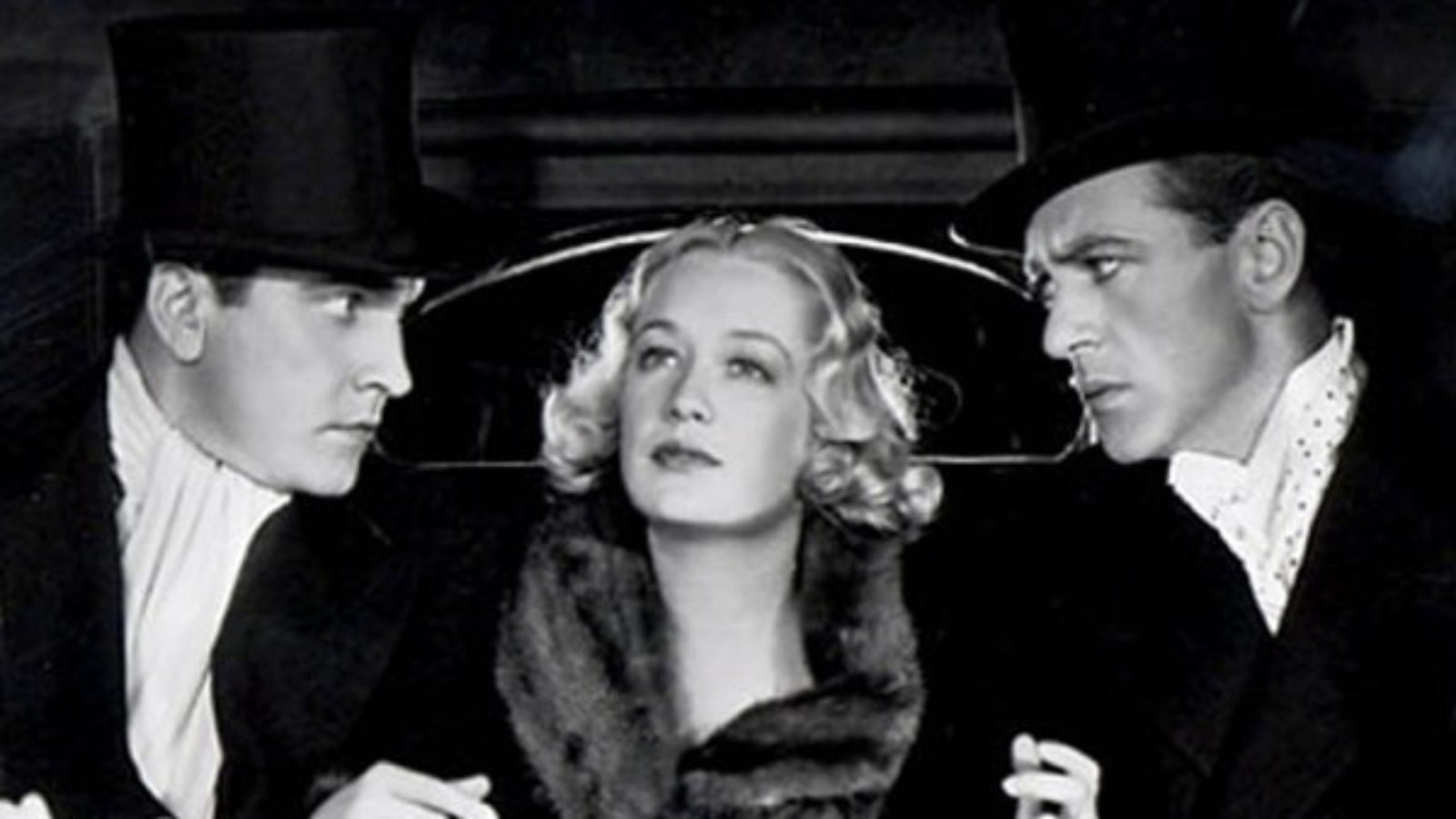Design for Living

On Coward’s first trip to New York in 1921, he made friends with husband-and-wfe acting team Alfred Lunt and Lynn Fontanne and promised that, when they were all huge stars, he would write a play they would appear in together. The result, in 1933, was Design for Living, a big hit on Broadway that was quickly snapped up by Paramount. But there was a problem: the censors. The heart of the play is a ménage-à-trois: Gilda loves Otto. Otto loves Gilda. But Leo also loves Gilda and Gilda also loves Leo… and Leo loves Otto and Otto loves Leo. Today it would be the stuff of a daytime soap or reality series, but in 1933? Director Ernst Lubitsch was an established whipper-up of romantic trifles and he had little sympathy for the puritanical tradition against which Coward’s characters were rebelling. What he produced is a perfectly charming Lubitsch film of which screenwriter Ben Hecht boasted that only one line of Coward’s original remained. Coward claimed it was “Pass the mustard.” Star Fredric March subsequently left the studio so that he wouldn’t have to play any more romantic leads, while Gary Cooper turned to the homespun roles that lasted for the rest of his distinguished career.






